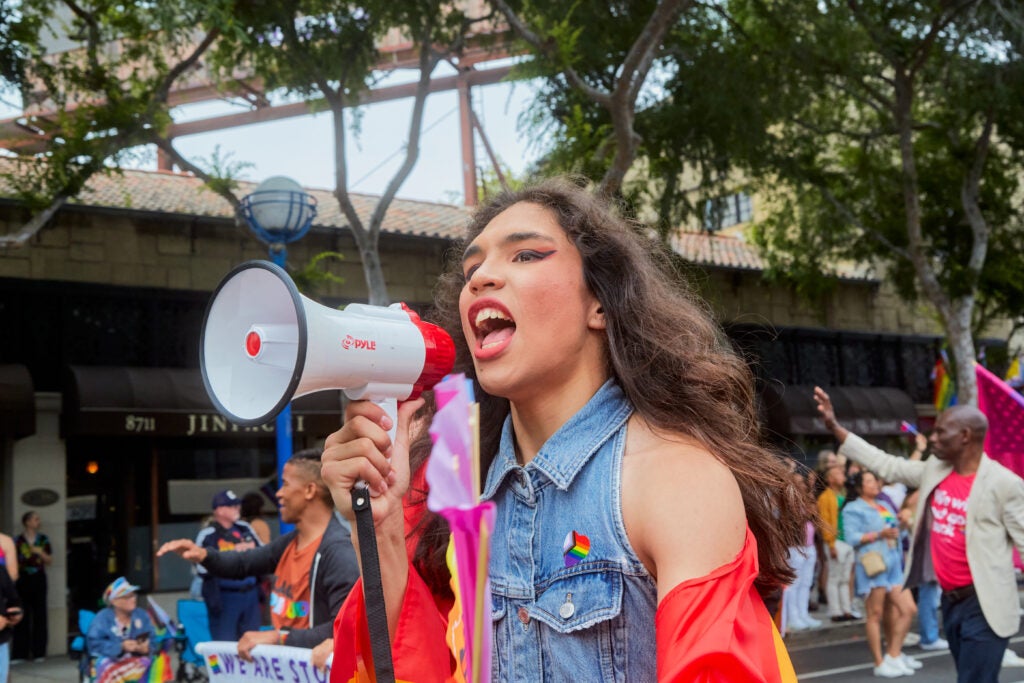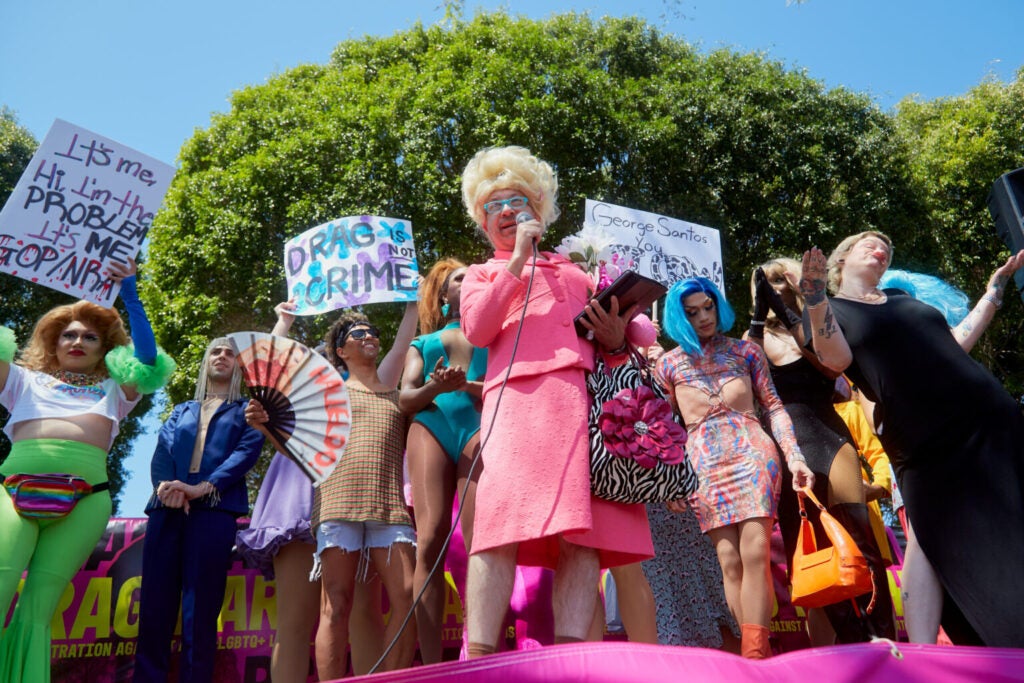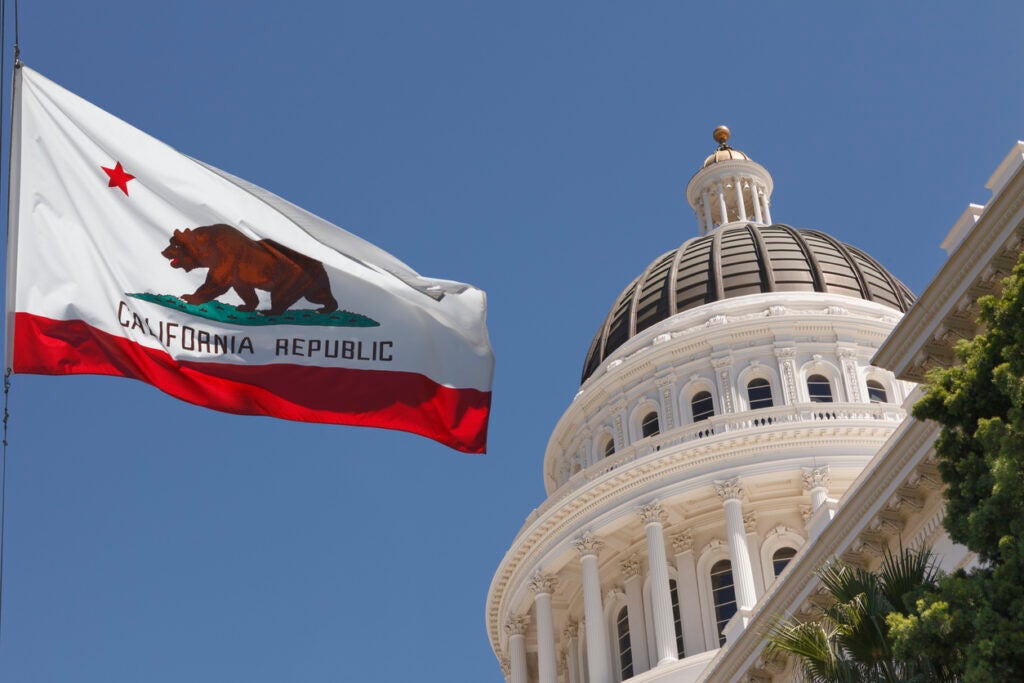In recent months, an intensifying effort has emerged to pass policies that would forcibly disclose the transgender identities of students to their parents in California. At Chino Valley Unified School District, staff are now obligated to inform parents if they believe a student is transgender. Several other school districts have adopted similar stances, including Murrieta Valley Unified, Temecula Valley Unified, Rocklin Unified, Anderson Union, and Orange Unified. These policies stem from a broader anti-transgender movement driven by the very organizations behind “Don’t Say Gay” in Florida and the gender-affirming care bans for trans youth in Republican states. They are rooted in a long and perilous history of anti-LGBTQ+ sentiment in the United States and aim to undermine the one safe place where many transgender youth feel authentically themselves.
The targeting of schools by anti-LGBTQ+ factions is hardly a recent development; educational institutions were among the earliest arenas in the quest for LGBTQ+ acceptance. In 1978, Californians cast their votes on Proposition 6, a ballot measure championed by Republican Senator John Briggs which sought to expel gay individuals from teaching positions. Measures akin to Proposition 6 had already passed in other states as the nation grappled with a concerted campaign of fear aimed at LGBTQ+ individuals within the educational system. Explaining the argument behind his bill in a televised debate, Briggs invoked the much familiar rhetoric of “parental rights” to rationalize LGBTQ+ discrimination in schools. “This proposition is a statewide referendum on the rights of parents to determine who will be a proper role model for their children in California classrooms,” he declared, saying it would empower school boards to “remove teachers promoting homosexuality.” The proposition was rejected by voters, with famed gay rights activist Harvey Milk leading the resistance to the initiative.
In the 1990s and 2000s, Gay-Straight Alliances (GSAs) began to flourish as students pursued safe havens within schools to openly express their LGBTQ+ identities. Several editorials labeled these alliances as venues for “homosexual recruitment” and aimed to block them through forced outing procedures. Numerous schools sought to compel GSAs to secure parental consent for student membership, which inherently meant students would have to disclose their LGBTQ+ identities to their parents—or even graver, the school might do so on their behalf. Some institutions even attempted to prohibit GSAs outright.
Every single former student has told me how much knowing they had a safe space to be their authentic selves has meant to them. … Even if no other adult in their life affirmed their identity, they knew they would be safe for at least a little while each day.
Dawn Riggs, an Ohio teacher, arguing for LGBTQ+ affirming policies in schools
A notable California case, Nguon v. Wolf, saw Charlene Nguon’s school outing her to her parents. Though Nguon, an LGBTQ+ student, lost her case on a technicality, the federal judge ruled that “parents rights” do not trump the privacy of students who could be harmed by disclosure of their LGBTQ+ identities This was a landmark case that would be used to argue against forced outing policies in the years following.
Transgender people today are facing similar attacks on their rights to confidentiality and privacy in schools, led by organizations using almost identical arguments. Instead of “recruiting” or “promoting homosexuality,” we hear the phrase “grooming” from those pushing these policies. We see the same attempt to hide the damage done to students by focusing on the framework of “parental rights.” The effects on trans people, too, are similar—if not even more dire. Those outed for their gender identity might have their dignity and respect pulled from them by parents who are opposed to the idea that their child is trans. The use of their name and pronouns could be barred by these parents, or they could be removed from school altogether. In doing so, these trans youth will lose the one safe place they have to be themselves.
Schools serve as critical safe havens for many transgender students. A 2022 survey by the Trevor Project revealed that 51% of trans youth considered school a safe space, in stark contrast to the 32% who felt the same about their homes. Students with a secure environment at school are at a reduced risk for suicide. This underscores the significance of school policies, especially those that compel teachers to use a student’s former name and incorrect pronouns. As reported in the Journal of Adolescent Health, students who couldn’t use their preferred name and pronouns were 29% more likely to consider suicide and 56% more likely to exhibit suicidal behavior. In a world where 40% of youth experiencing homelessness are LGBTQ+, affirming spaces save transgender students’ lives.
At a hearing in Ohio where similar policies were considered but failed to pass statewide, a teacher by the name of Dawn Riggs stood to testify. Her words echo the importance of allowing teachers to maintain safe and confidential spaces for transgender youth: “Every single former student has told me how much knowing they had a safe space to be their authentic selves has meant to them. … The fact that they could walk into my classroom and be called the name they chose and be called by the pronouns that reflected their lived experience made a difference. Even if no other adult in their life affirmed their identity, they knew they would be safe for at least a little while each day. 33 years of teaching, how many students is that? I will never know how many transgender students have felt safe and protected in my classroom, but I am proud to say that they were.”
The organizations pushing these policies do not intend to do so for student safety. The mesh of right-wing organizations and pseudoscience groups behind these policies nationwide include the Alliance Defending Freedom, The Child And Parental Rights Campaign, Our Duty, Moms For Liberty, and The American College of Pediatricians (not to be confused with the prestigious American Academy of Pediatrics), among others. This conglomerate promotes “alternative treatments” for transgender people, including forms of conversion therapy, with an end goal of getting students to no longer identify as trans. Forced outing policies directly place these students into a pipeline where they will experience great harm.
The Los Angeles LGBT Center has seen the impact of students who are outed to unsupportive parents. “Many young people who have felt safe enough to come out to their peers at school are not out to their families due to fear that their parents won’t embrace and accept their LGBTQ+ identity,” says Kevin McCloskey, director of community-based programs in Youth Services at the Center. He continued, “Every day at the Center’s Youth Center, we work with LGBTQ+ youth who’ve been kicked out of their homes by their parents. These young people come to the Youth Center seeking the very things a family typically provides—housing, food, educational support, and a sense of belonging.”
The need to maintain safe spaces for students will continue to be great. As school districts continue to consider rolling back policies that previously protected trans students, many are looking at a future where the rug may be pulled out from under them. The sudden loss of security for so many trans students, in a year where so many more have lost their rights nationwide, will have catastrophic consequences. It is essential that these students be given the resources they need to thrive and the protection to allow them to do so.
Read More

Hey, California: The Next Prop 8 Fight Is Here–And It’s Targeting Trans People

How Los Angeles Became the Newest Target in the War on LGBTQ+ Education

The Right Is Trying to Ban Trans People from Domestic Violence Shelters in the US




